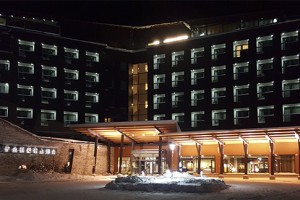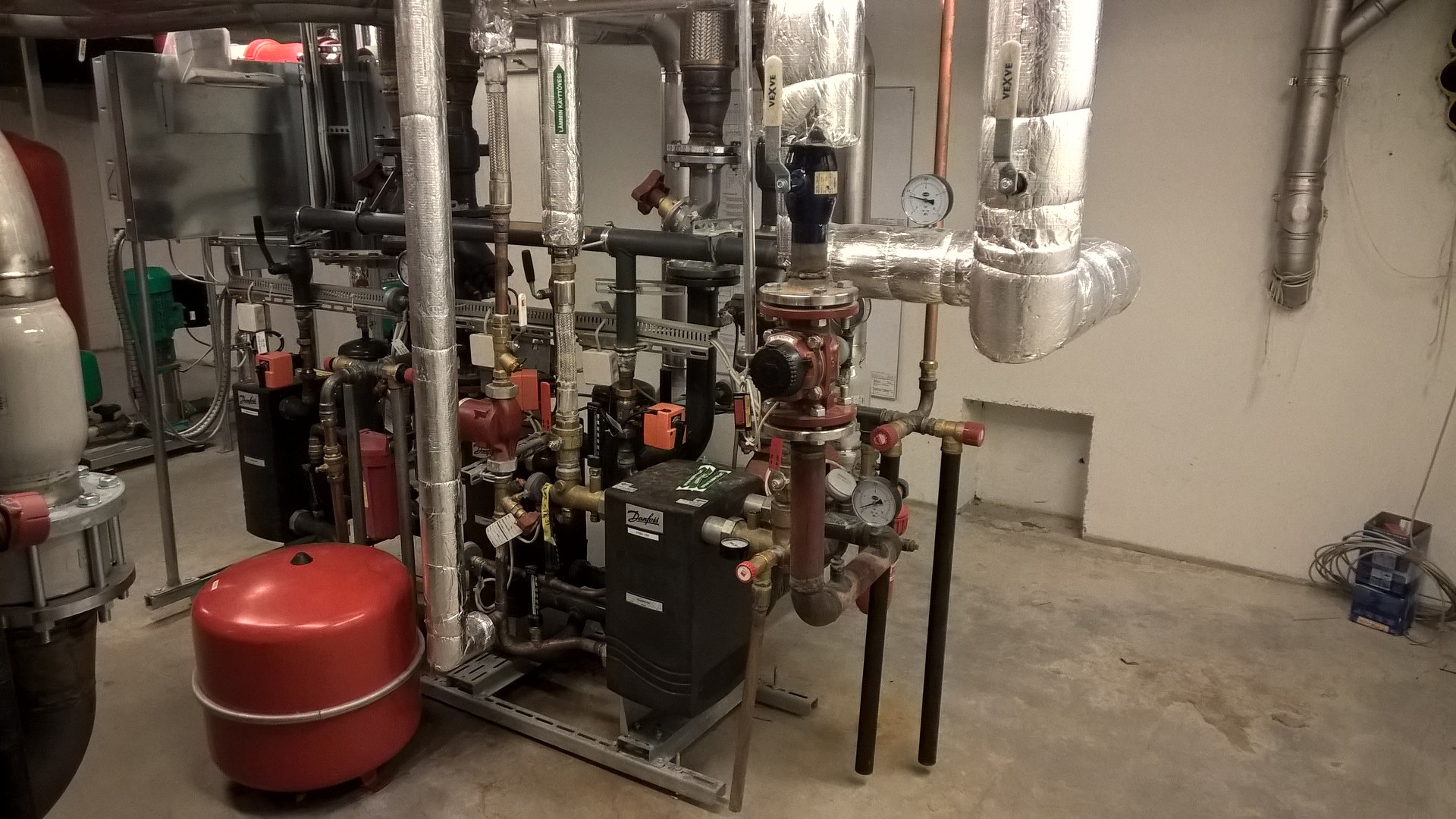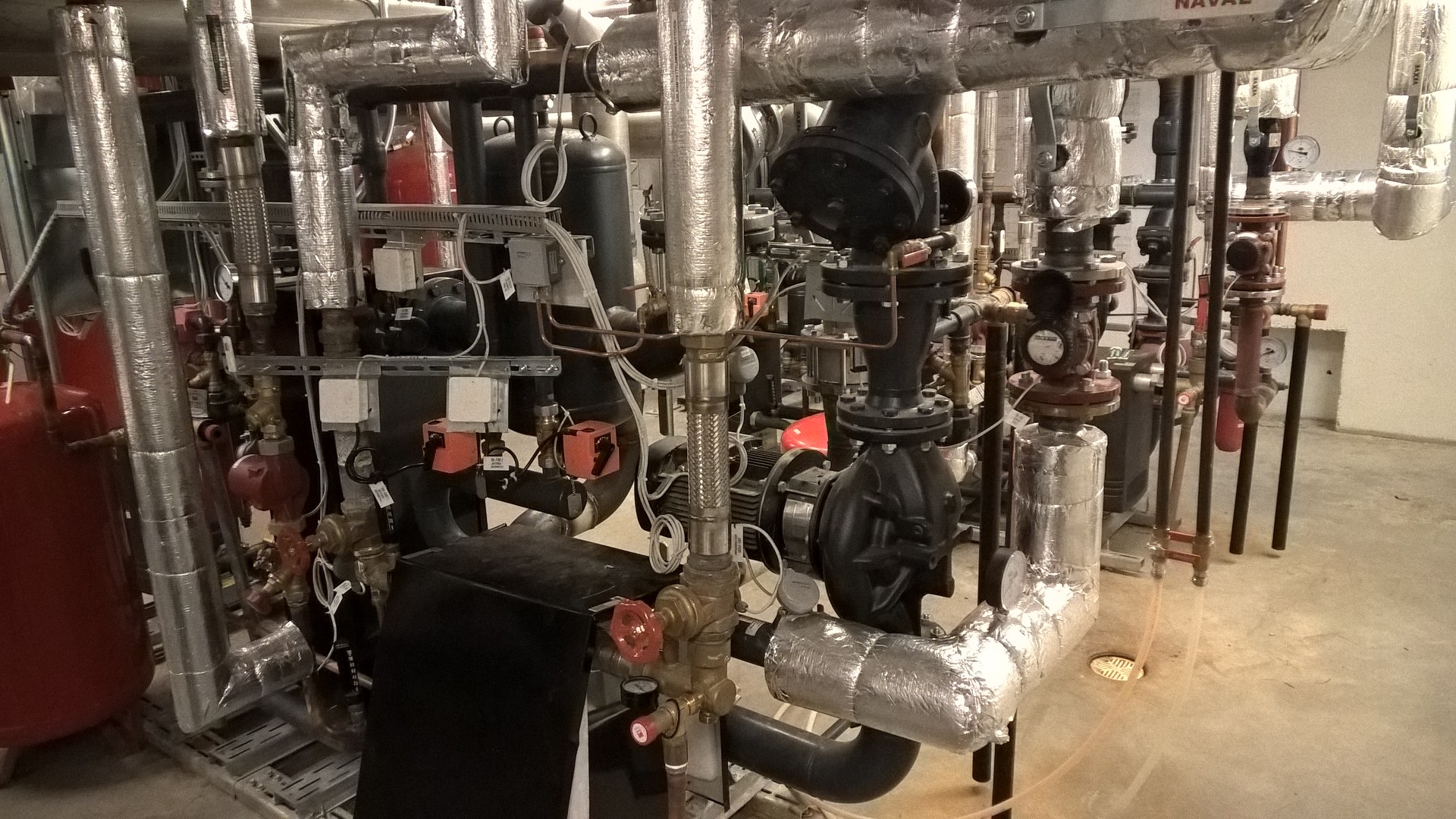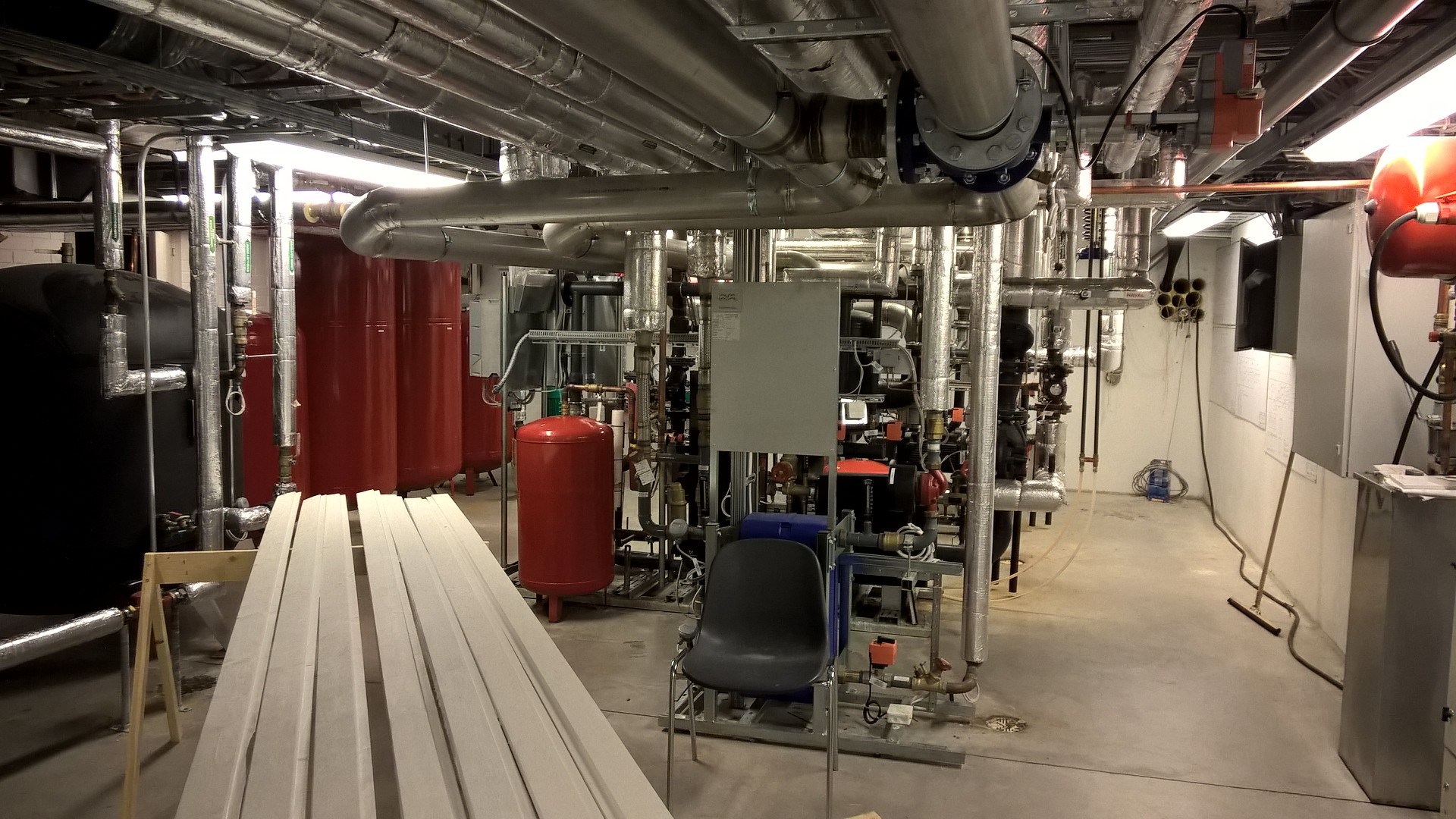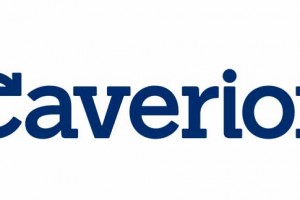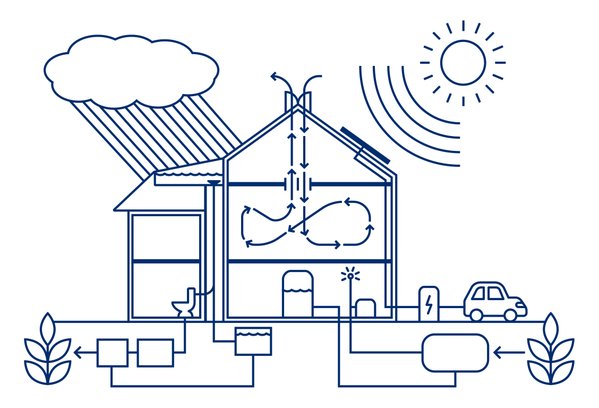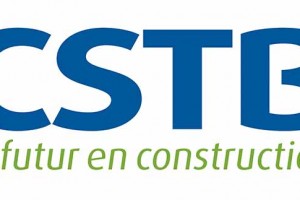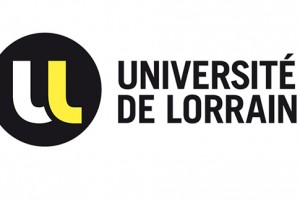
Energy In Time Year Roundup – Université de Lorraine
Energy In Time consortium partners highlight their main achievements in 2015 and tell us about their prospects in 2016.
Joseph-Julien Yame and Dominique Sauter
A Benchmark Simulator incorporating occupant zones (Rooms/zones) and Air Handling Units (AHU) was developed. The simulator was developed in MATLAB SIMULINK with the help of the SIMBAD toolbox. This simulator was used to illustrate the Fault Detection and Fault Adaptation strategies developed. Both the FDI and FAC modules use model based approaches and hence models were obtained for both rooms and the heat exchanger, the key AHU component. The Heat exchanger uses nonlinear differential equations based on energy balance while the rooms were represented by state space models obtained from system identification of the SIMBAD models.
Both for the fault detection and fault adaptation, the works were logically distinguished as: System level or AHU level and Subsystem level or Zone level. The faults considered were: System Level: Pump or Valve fault, Fan fault; Subsystem Level: VAV Damper Stuck, Zone Temperature Sensor
The Equipment level Fault Detection approach involved the following techniques: AHU Level: Extended Kalman Filter; Zone Level: Unknown Input Observers. For system level fault detection, a structural model based approach for a system level fault diagnosis was also proposed. An approach to develop graph based structural models and to identify faults based on KPIs (Key parameter Indices) was given. For operational fault detection module, contributions included controller loop performance
For the fault adaptive control, Model Predictive Control (MPC) techniques were illustrated at both AHU level (pump fault) and zone level (damper stuck). Another interesting scenario proposed was to explore the handling of zone level fault (damper stuck) at the system level through reference management (air temperature).
The achievements were documented in the final versions of the following deliverables: D4.1, D4.2, D3.3.
Note also that two technical papers (references given below) have been presented to International Control Conferences:
- Joseph J. Yamé, Tushar Jain, Dominique Sauter – An online controller redesign based fault-tolerant strategy for thermal comfort in a multi-zone building. In Proceedings of the 2015 IEEE Multi-Conference on Systems and Control, pp. 1901-1906, Sydney, Australia, September 21-23th, 2015
- Dominique Sauter, Joseph J. Yamé, Christophe Aubrun and Frédéric Hamelin – Design of fault isolation filter for control reconfiguration: application to energy efficiency control in buildings. In Proceedings of the 23th Mediterranean Conference on Control and Automation (MED), pp. 16-19, Torremolinos, Spain, June 16-19th, 2015











